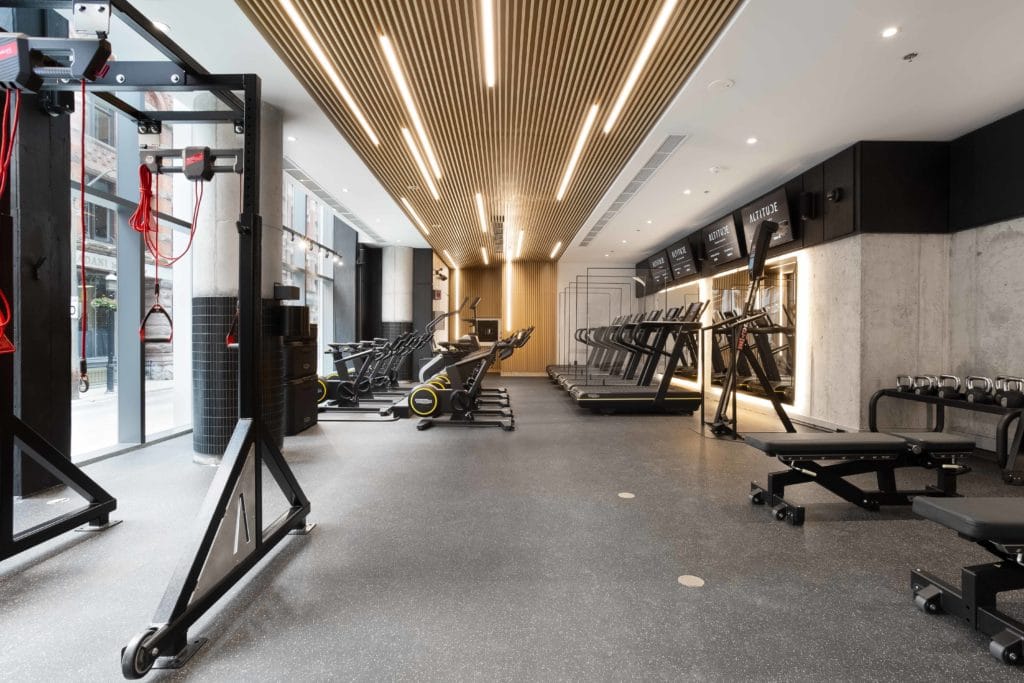Altitude training, once the secret weapon of elite athletes, has evolved dramatically over the years. The concept of training in reduced oxygen environments to enhance performance has a rich history dating back to the mid-20th century. Today, altitude training rooms, often referred to as hypoxic chambers, have become accessible to a wider range of athletes and fitness enthusiasts. In this blog post, we will explore the evolution of altitude training rooms and how they have revolutionized the way athletes prepare for peak performance.
The Early Days of Altitude Training:
The history of altitude training can be traced back to the 1940s when it was first used as a method to improve athletic performance. Initially, athletes had to travel to high-altitude locations to benefit from the reduced oxygen environment. These high-altitude camps were remote and often inconvenient, making altitude training accessible only to a select few.
The Emergence of Hypoxic Chambers:
The next major development in altitude training was the creation of hypoxic chambers or altitude training rooms. These rooms, equipped with specialized equipment, allow individuals to simulate high-altitude conditions without leaving the comfort of their training facilities. This marked a significant shift, making altitude training more convenient and accessible.

Altitude Training Rooms Today:
Modern altitude training rooms have come a long way from their early iterations. They are now equipped with advanced technology that allows for precise control of oxygen levels, temperature, and humidity. Athletes and fitness enthusiasts can customize their altitude training experience to suit their specific goals and training regimens.
Benefits of Altitude Training Rooms:
- Enhanced Endurance: Training in reduced oxygen environments helps the body adapt by increasing red blood cell production, leading to improved oxygen-carrying capacity and enhanced endurance.
- Faster Recovery: Altitude training can accelerate the recovery process, allowing athletes to train harder and more frequently.
- Increased Stamina: Athletes can build greater stamina, vital for endurance sports, by incorporating altitude training into their routines.
- Mental Toughness: Altitude training not only enhances physical capabilities but also strengthens mental resilience, a key component of success in sports.
- Accessible to All: With the availability of altitude training rooms, this powerful training method is no longer limited to elite athletes and is accessible to individuals of all fitness levels.
Conclusion:
The evolution of altitude training rooms, from the early days of high-altitude camps to the advanced hypoxic chambers of today, has revolutionized the way athletes prepare for peak performance. These rooms offer a controlled and convenient environment for athletes and fitness enthusiasts to harness the benefits of altitude training. As technology continues to advance, we can expect even more precise and effective altitude training methods in the future. This technology will help individuals push their physical and mental boundaries to achieve their fitness and performance goals.
